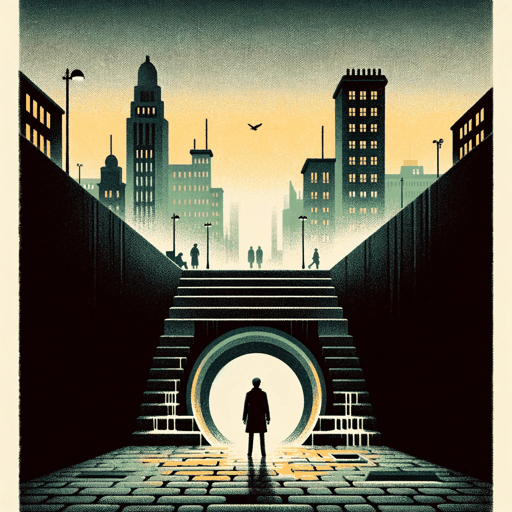39 pages • 1 hour read
Richard WrightBig Black Good Man
Fiction | Short Story | Adult | Published in 1989A modern alternative to SparkNotes and CliffsNotes, SuperSummary offers high-quality Study Guides with detailed chapter summaries and analysis of major themes, characters, and more. For select classroom titles, we also provide Teaching Guides with discussion and quiz questions to prompt student engagement.
Literary Devices
Point of View
Wright tells the story from a limited third-person point of view. Third-person narration uses “he” and “she” pronouns, while third-person limited narration gives the reader complete access to the thoughts and feeling of just one character. In “Big, Black, Good Man,” the reader is confined to the mind of Olaf Jensen and is able to see, hear, and understand only what Olaf sees.
Wright’s choice to use this point of view means that the reader can readily believe that Jim is threatening Olaf in some way and prevents the reader from having any knowledge that counters Olaf’s over-the-top reactions to Jim’s actions. Like Olaf, the reader is forced to draw conclusions about Jim based on Jim’s actions and words.
Situational Irony
Situational irony is an unexpected outcome that defies expectations based on previous events. The end of the story—Olaf receiving a generous gift rather than being murdered by Jim—is an example of situational irony. The irony in this situation emerges from the limited third-person narration, which causes the reader to be able to read events only from Olaf's perspective until the end.
Related Titles
By Richard Wright

Big Boy Leaves Home
Richard Wright

Black Boy
Richard Wright

Bright and Morning Star
Richard Wright

Native Son
Richard Wright

The Man Who Lived Underground
Richard Wright

The Man Who Was Almost a Man
Richard Wright

Uncle Tom's Children
Richard Wright

